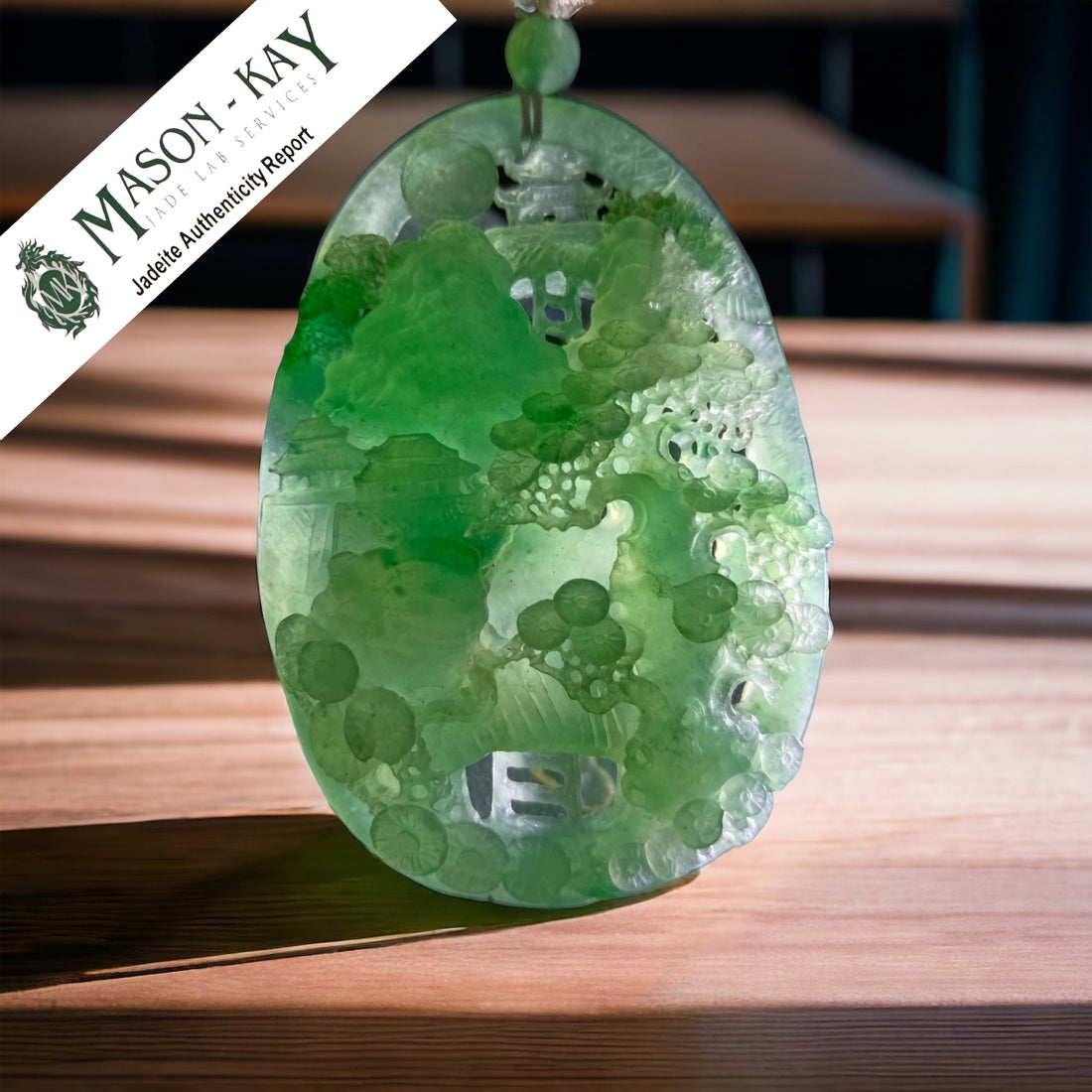
Jade’s Cultural Significance and Symbolism
分享
Jade’s Cultural Significance and Symbolism: A Global Legacy of Burmese, Guatemalan, and Hetian Jade
Jade is more than a precious gemstone—it’s a cultural touchstone, revered across civilizations for its beauty, durability, and spiritual resonance. Among the most celebrated varieties of jade are Burmese jadeite, Guatemalan jadeite, and Hetian nephrite. Each carries its own rich legacy, reflecting the values, beliefs, and artistry of the cultures that have cherished it for centuries.
Burmese Jadeite: The Imperial Gem of the East
Widely regarded as the highest quality jadeite in the world, Burmese jadeite (sourced from northern Myanmar) has captivated collectors and royalty alike, especially in Chinese culture. Known for its vibrant greens—particularly the rare Imperial Green—as well as lavender, icy, and multicolored varieties, Burmese jadeite holds deep spiritual and cultural significance.
Symbolism of Burmese Jadeite:
- Protection: Worn to ward off evil spirits and misfortune.
- Longevity & Health: Believed to strengthen the body and balance energy (Qi).
- Wisdom & Virtue: Confucius likened jade’s qualities to noble virtues—benevolence, righteousness, integrity, and courage.
- Prosperity: Green jadeite especially is seen as a magnet for wealth and abundance.
- Transformation: A bangle breaking is seen not as bad luck, but as the jade having protected its wearer from harm.
Jadeite bangles, pendants, and amulets are not only worn for adornment but also passed down through generations as symbols of family heritage and blessings. It's believed that if a bangle breaks, it has absorbed harm on behalf of the wearer—highlighting its role as a protective talisman.
Guatemalan Jadeite: The Sacred Stone of the Maya
The jadeite of Guatemala—long buried in the volcanic valleys of the Motagua River—was the most sacred material to Mesoamerican civilizations. The Maya, Olmec, and Aztec used jade not for ornamentation alone, but in rituals, funerary offerings, and royal regalia, believing it to embody divine energy.
Symbolism of Guatemalan Jadeite:
- Eternal Life: Placed in the mouths of the dead to guide their souls in the afterlife.
- Spiritual Breath: Associated with wind, breath, and life force (ik’ in the Mayan language).
- Power & Prestige: Reserved for royalty and high priests, representing a direct link to the gods.
- Earth & Cosmos: Green jade was seen as the bridge between earth (green) and sky (blue).
- Rebirth: Jade was often carved into seeds and fertility symbols, representing renewal and cyclical life.
Jade artifacts—masks, beads, and ceremonial tools—have been unearthed in sacred temples and royal tombs, reflecting jade’s role in rituals of death, rebirth, and cosmic balance. Today, modern artisans in Guatemala are reviving traditional carving techniques to reconnect with this ancestral legacy, while skilled Chinese carvers have introduced Guatemalan jadeite to a new level of refinement—bringing out its brilliance through intricate, world-class craftsmanship that bridges ancient materials with contemporary artistry.
Hetian Nephrite: The Heart of Chinese Jade Culture
From the ancient Silk Road to the Qing imperial court, Hetian nephrite jade (和田玉), sourced from the riverbeds and mountains of Xinjiang, China, is considered the original jade of Chinese civilization. Unlike jadeite, which is vibrant and translucent, Hetian nephrite is known for its creamy white ("mutton fat"), pale green, or yellowish hues, prized for their subtle elegance and smooth texture.
Symbolism of Hetian Nephrite:
- Virtue & Morality: Nephrite embodies the Confucian ideal—soft to the touch but strong in essence.
- Harmony & Balance: Its smooth texture represents peace and internal clarity.
- Filial Piety & Legacy: Often used in ancestral rituals and heirlooms passed down through generations.
- Scholarship & Discipline: Jade tablets and seals symbolized learning, respect for tradition, and moral refinement.
- Heavenly Connection: Used in imperial and religious ceremonies to communicate with the heavens.
Historically used in imperial seals, ritual objects, scholar’s tools, and ancestral offerings, Hetian jade remains central to Chinese identity, symbolizing the ideal of inner beauty over outward show. Even today, gifting Hetian jade is seen as offering blessings of peace, wisdom, and harmony.
🌍 Jade Today: A Universal Language of Meaning
Across borders and millennia, jade—whether Burmese jadeite, Guatemalan jadeite, or Hetian nephrite—has connected people to their history, spirituality, and each other. Today, jade continues to be worn not only for its aesthetic appeal, but also for its emotional and cultural depth. Whether gifted for protection, worn to attract good fortune, or passed down as a family heirloom, jade pieces carry stories that live on.
At Hidden Jade Pavilion, we honor this global legacy by offering certified jadeite and nephrite pieces that are not only exquisite in quality but deeply meaningful in spirit. Each piece is a symbol—of culture, care, and continuity across time and generations.
